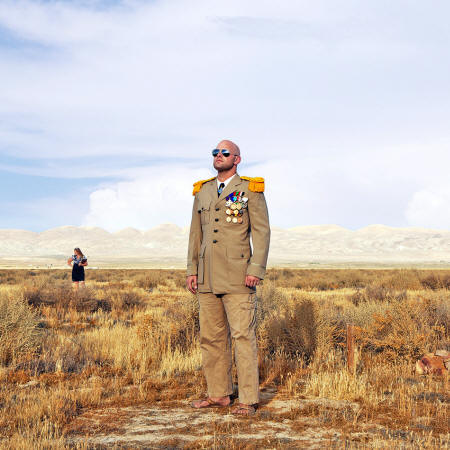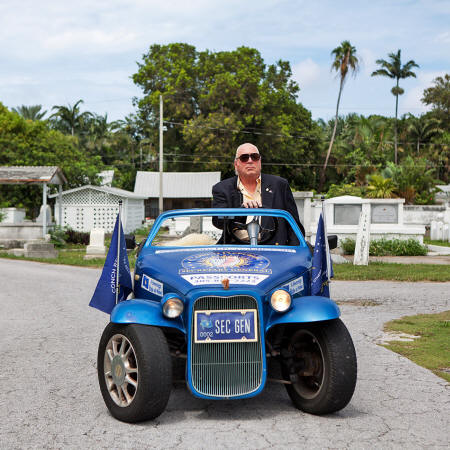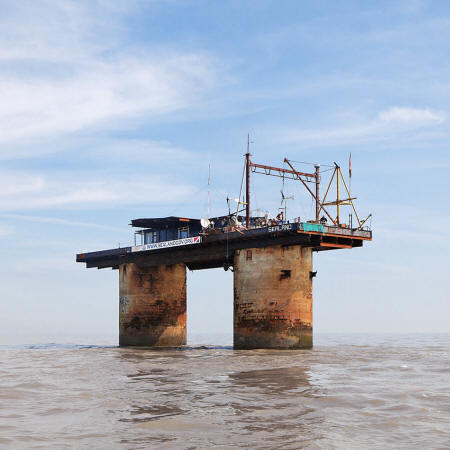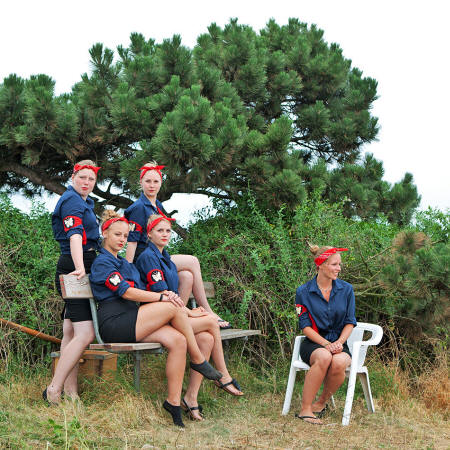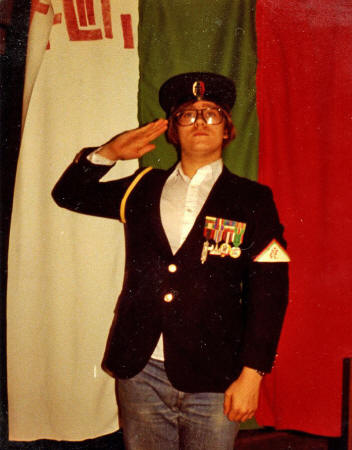|
from Wired Website
King of Calsahara
Never heard of,
You're not alone.
Léo Delafontaine hadn't either until 2012, when he visited the Republic of Saugeais, a self-proclaimed micronation in eastern France. He's since become fascinated with "countries" unrecognized by world governments and organizations.
His book Micronations documents independent states that are just as varied and interesting as their official counterparts.
French writer and historian Bruno Fuligni, who wrote the introduction to Micronations, estimates there are more than 400 of these self-proclaimed entities. Delfontaine visited 12 locations throughout the US, Europe, and Australia.
They included monarchies, republics, "funny dictatorships," and some with no government at all. He earned citizenship in three - the Principality of Sealand, the Principality of Seborga, and the Conch Republic.
The Principality of Hutt River in Australia draws thousands of visitors annually, which is one reason it exists at all. Others serve as political satire.
The Conch Republic, for example, was created in 1982 after Key West Mayor Dennis Wardlow,
Secretary General of the Conch Republic
Some micronations are easily accessible while others are difficult to get to.
In Copenhagen, tourists can enter Freetown Christiania on foot, while visitors to the Principality of Sealand, a WWII island fortress six miles off the eastern shores of Britain, have to shell out over $2,000 for transport and a visa.
With a living area of 5,920 square feet, Sealand boasts multiple bedrooms, a chapel and a prison.
Regardless of their intention, these countries commit:
The Kingdom of Elleore hosts history classes for kids and created its own national sport.
Frederikke Rose Holm, Julie Holstein, Nanna Gilsgaard, Christine Barnett and Bolette Winnerskjold Gjaldbæk, The Butterflies of the Kingdom of Elleore.
Most of these micronations declared "sovereignty" between the 1970s and 1990s.
But there have been some newcomers:
Delafontaine says most new micronations, like the Kingdom of Talossa, exist primarily online.
Talossa King Robert I in 1980
Additional Information
|

